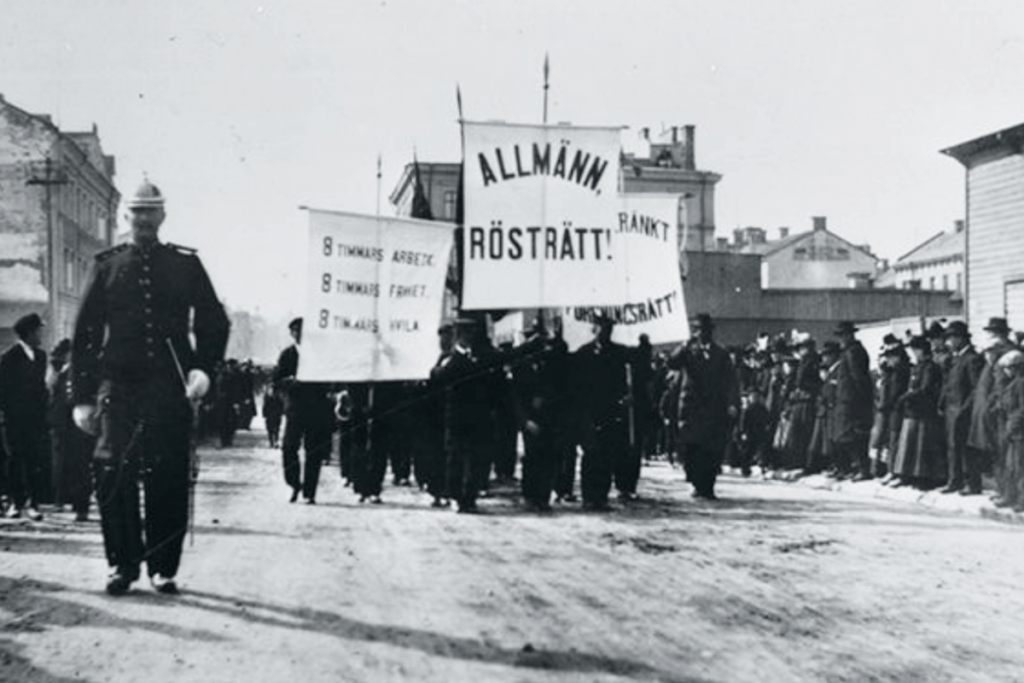| Month | Working days | Working hours | Sat & Sun. | Others |
|---|---|---|---|---|
| January | 22 | 176 | 8 | 1 |
| February | 20 | 160 | 8 | 0 |
| March | 21 | 168 | 10 | 0 |
| April | 20 | 160 | 8 | 3 |
| May | 20 | 160 | 9 | 2 |
| June | 18 | 144 | 9 | 4 |
| July | 23 | 184 | 8 | 0 |
| August | 21 | 168 | 10 | 0 |
| September | 22 | 176 | 8 | 0 |
| October | 23 | 184 | 8 | 0 |
| November | 20 | 160 | 10 | 0 |
| December | 21 | 168 | 8 | 2 |
| Total annual working hours | 251 | 2008 | 104 | 12 |
| Average / Month | 20.92 | 167.33 | 8.67 | 1.00 |

Working days per year 2025
An average of 160 working hours per month or 250 working days per year is usually referred to when discussing workload. But these numbers are not always accurate. For example, for 2025, the number of working hours varies from 144 to 184, with an average of 167 hours each month. In total, there will be 251 working days, which leaves 116 days off. In the table below, we provide a detailed overview of the number of working days, working hours, Saturdays, Sundays and other days off - such as national holidays, Midsummer's Eve, Christmas Eve and New Year's Eve. If a holiday falls on a Saturday or Sunday, it is counted under "Sat & Sun". We base these calculations on a standard eight-hour workday. Which days are considered holidays in Sweden are defined by Lag (1989: 253) on public holidays. Most people have the following holidays off, even if they fall on a regular working day:
- New Year's Eve
- Christmas Eve
- Easter Day and Pentecost
- New Year's Day and Thirteenth Day of Christmas
- May 1
- Christmas Day and Christmas Eve
- Good Friday and Easter Monday
- Ascension Day
- Sweden's National Day
- Midsummer Day
- All Saints Day
- Midsummer Eve
Feel free to check out our calendar here on the right, which contains information such as e.g. name days and a little history about what happened on that particular day.
May 1

May 1
This day has been celebrated since 1890 and stems from the demonstrations of the labor movement. In 1890, the Second International required an eight-hour workday. The Second International was an organization formed in Paris, but the demonstrations also spread to Sweden in 1890. The first of May has been a public holiday in Sweden since 1939. This day is one of the two (together with the national day) festivals that are considered non-bourgeois, ie without connection to the Church of Sweden. The first of May has historically not only been to demonstrate for the rights of the worker, but also for other purposes such as demonstrations of sobriety etc. Before the Industrial Revolution, May Day was also celebrated as a day, the first day of summer. It was a day when the animals were let out to pasture, the village team chose an elder and they took joint initiatives to review farms, fences and finances. The pre-industrial celebration of the first of May ended with a party, as well as drinking marrow from a bone, to gather strength. The most notable symbol of the first of May is the cornflower. This was first sold in Gothenburg in 1907. Flowers themselves have a positive, life-giving symbolism. The money from the sale is historical and still goes to charity, in most cases to vulnerable children. One reason we celebrate May Day is the Haymarket Massacre, which took place in Chicago in 1886. At the demonstration, workers protested for just an 8-hour workday but met strong and violent opposition from police. Overall, the first of May is a holiday that is celebrated a little differently depending on where you are in the country. You choose to party, play games or demonstrate. The overarching theme is at least for the people to unite in a public place in the hope of showing the ruling powers that they have a voice that wants to be heard.
Christmas day
On Christmas Day, December 25, the birth of Jesus is historically celebrated. Christmas Day has strong roots in Christianity and it is still common to have a church service in the morning on Christmas Day. In some churches it is also celebrated with a mass at midnight on the night between Christmas Eve and Christmas Day.
The feelings one has traditionally tried to convey on Christmas day have been about peace, quiet and rest. It has been the holiest of the Christmas days and a day when play and socializing outside the close circle could be avoided.
Nowadays, however, we often see that Christmas Day is associated with friends who meet and in many cases celebrate. For example, students who have moved away from home usually have a homecoming night on Christmas Day, when they meet and celebrate together. This is an opportunity for many to meet acquaintances and friends with whom they have lost contact to see how they are doing.
On Christmas day, there is usually still Christmas food to eat. Christmas ham, Jansson's temptation, prince sausage, pickled salmon, beetroot salad and more.
Second day of Christmas
The second day of Christmas falls on December 26, the day after Christmas Day. This is the last holiday of the Christmas weekend. Christmas Eve is celebrated after St. Stephen, who is considered the first Christian martyr, or so-called. "The Protomartyr". In Swedish, Stefanus goes as Staffan. The staff was a deacon on duty and was responsible for food distribution and other practical chores. According to history, St. Stephen was stoned to death because he had told his master and King Herod about a vision in which he saw signs of the birth of Jesus. Stephen got his vision when he watered the king's horses, after which he came to be seen as the horses' patron saint. There are several Staffansvisor and "Staffan was a stable boy" which historically belongs to the second day of Christmas is now usually sung on Lucia. In modern history, the celebration of the second day of Christmas has to a greater extent not had the story of Saint Stephen conscious in mind.
